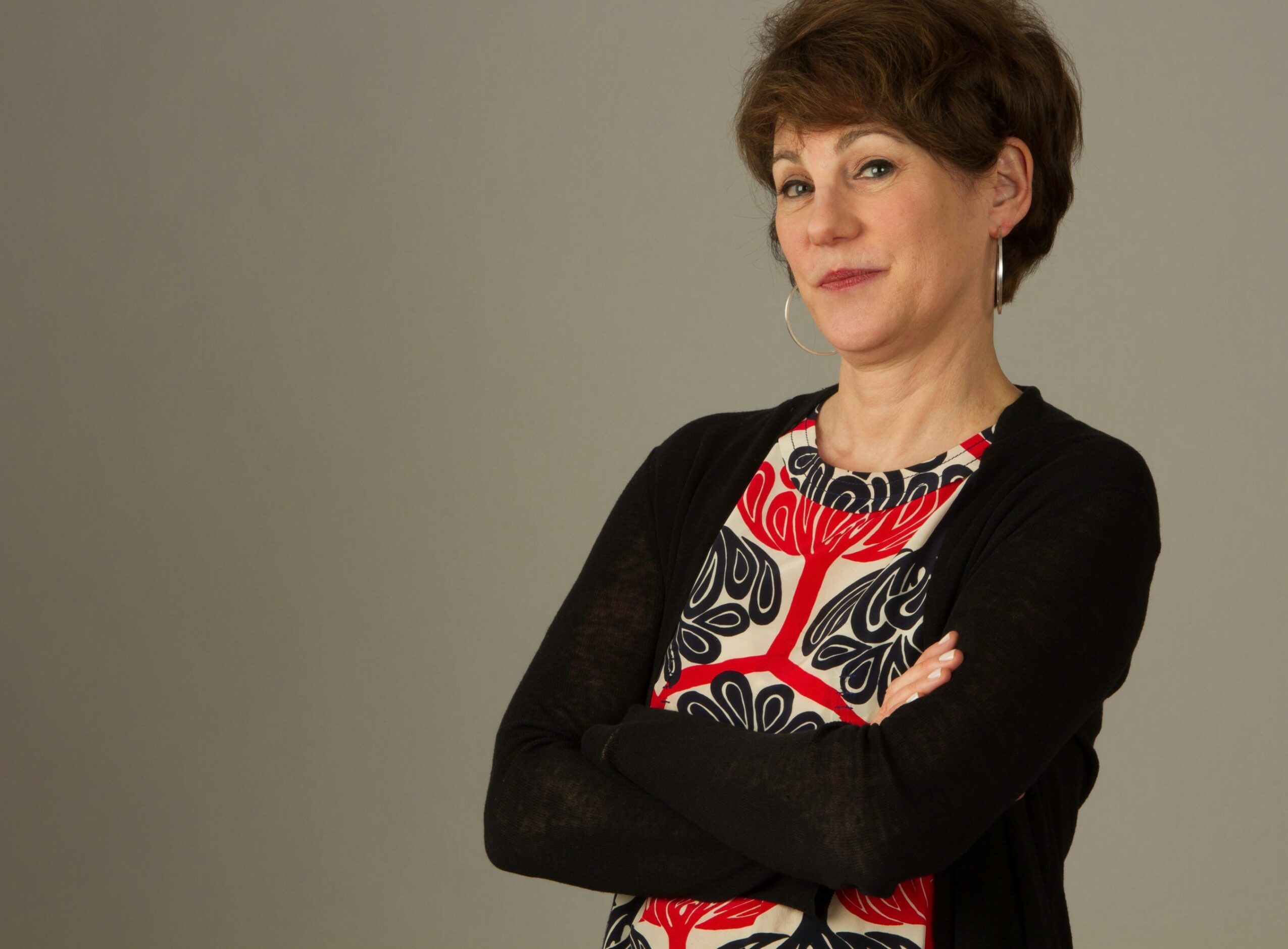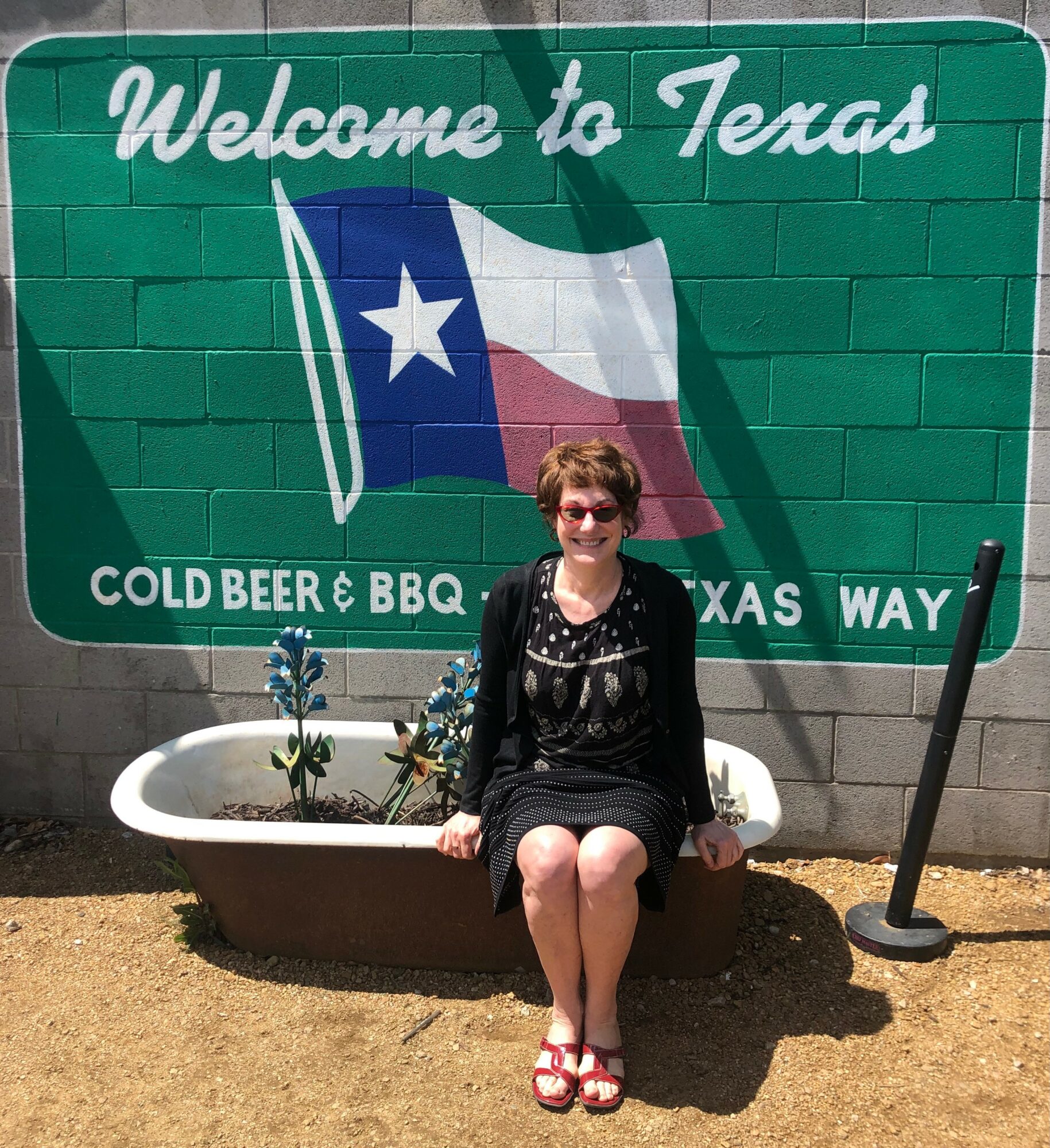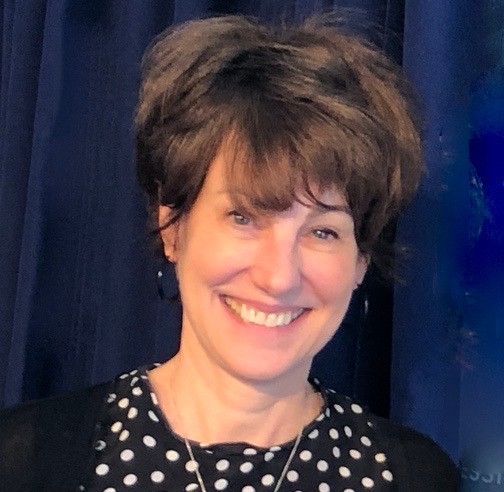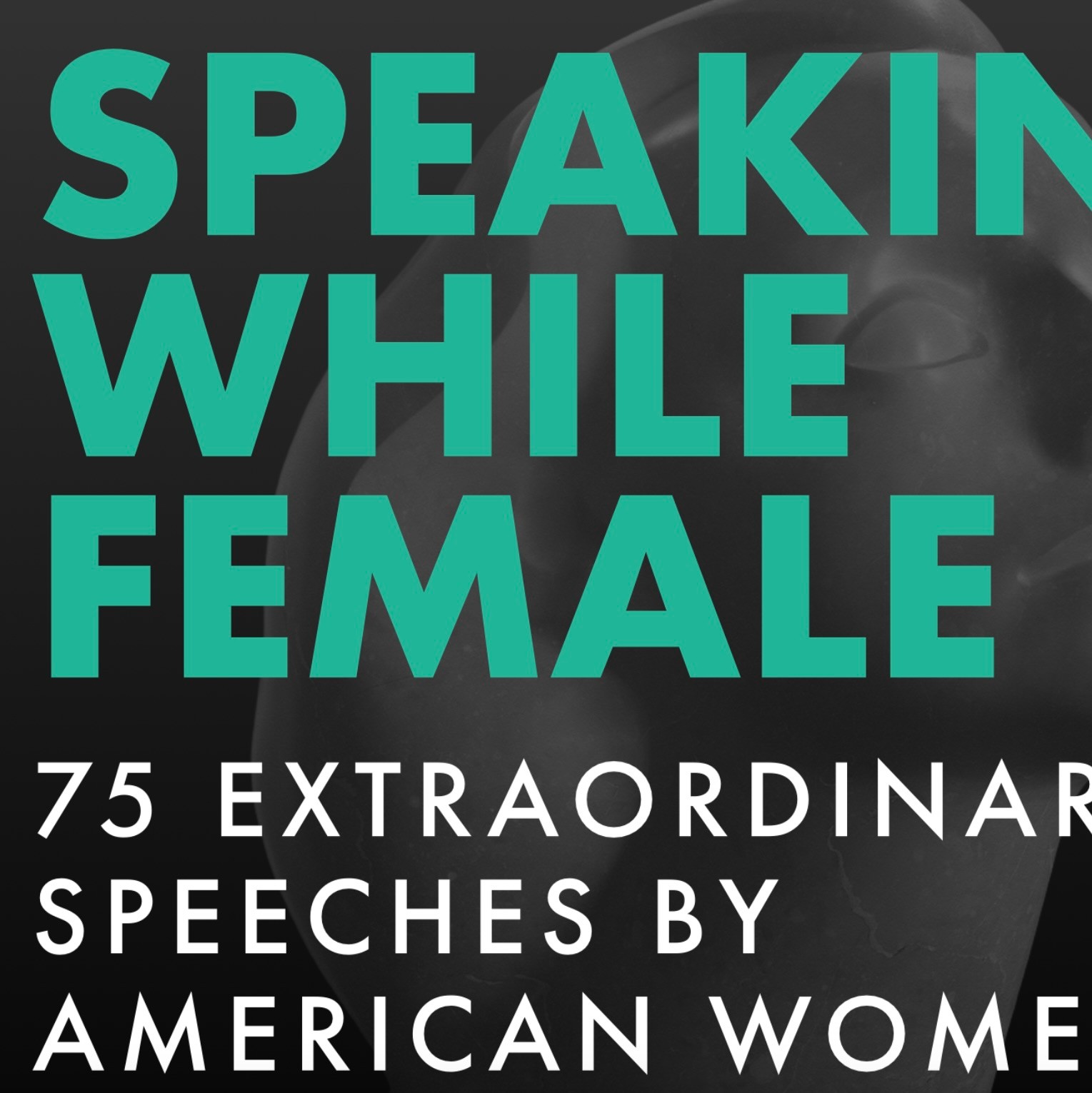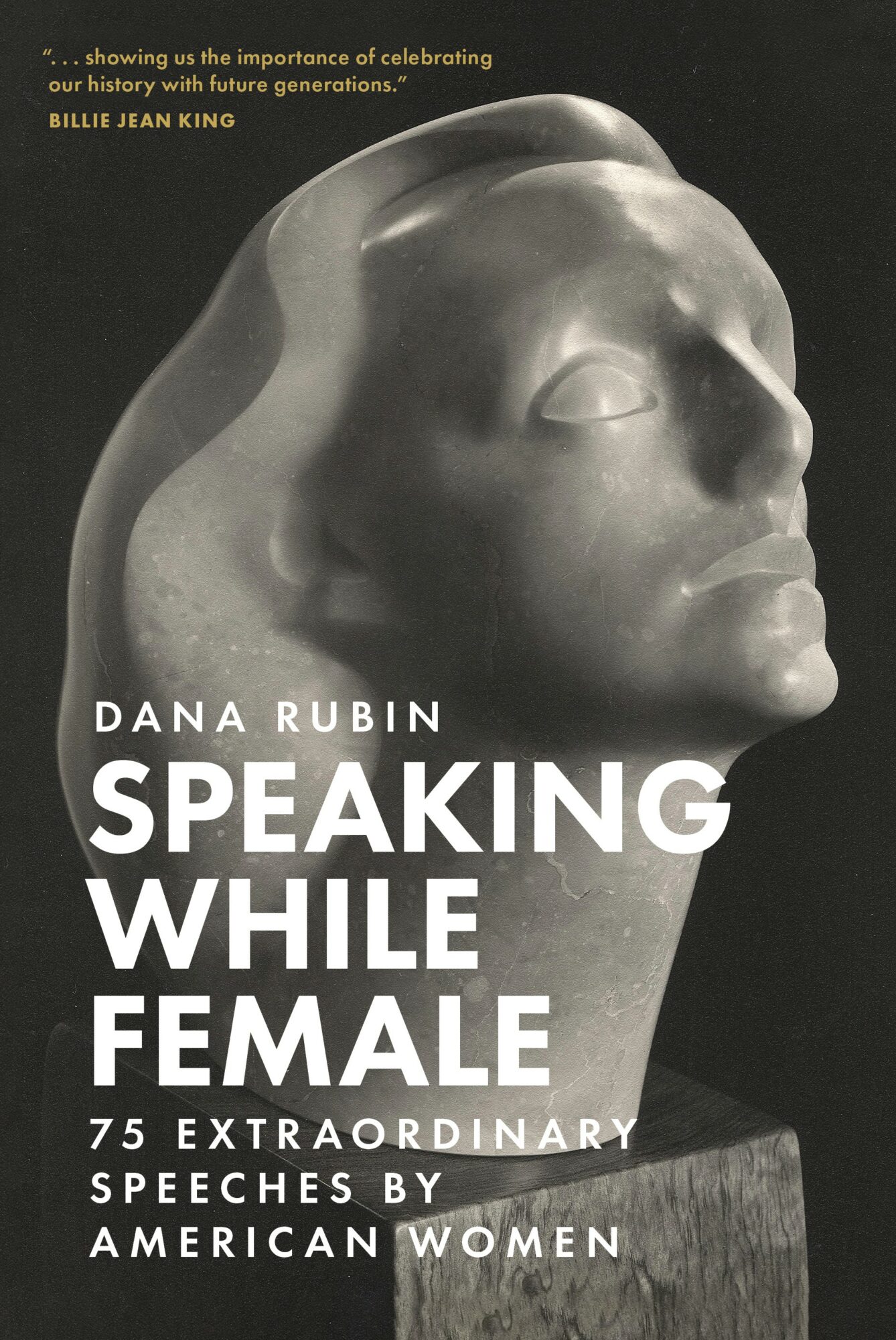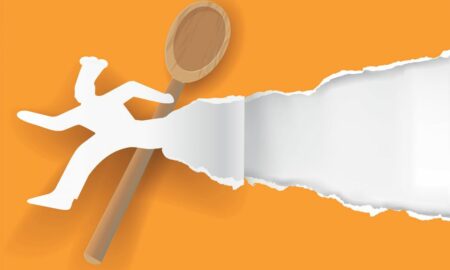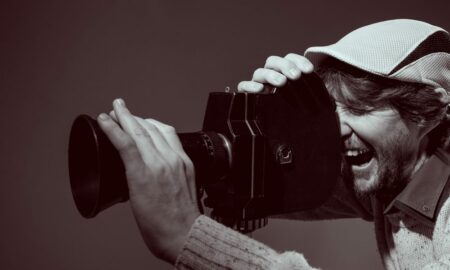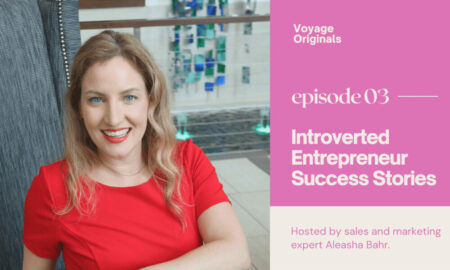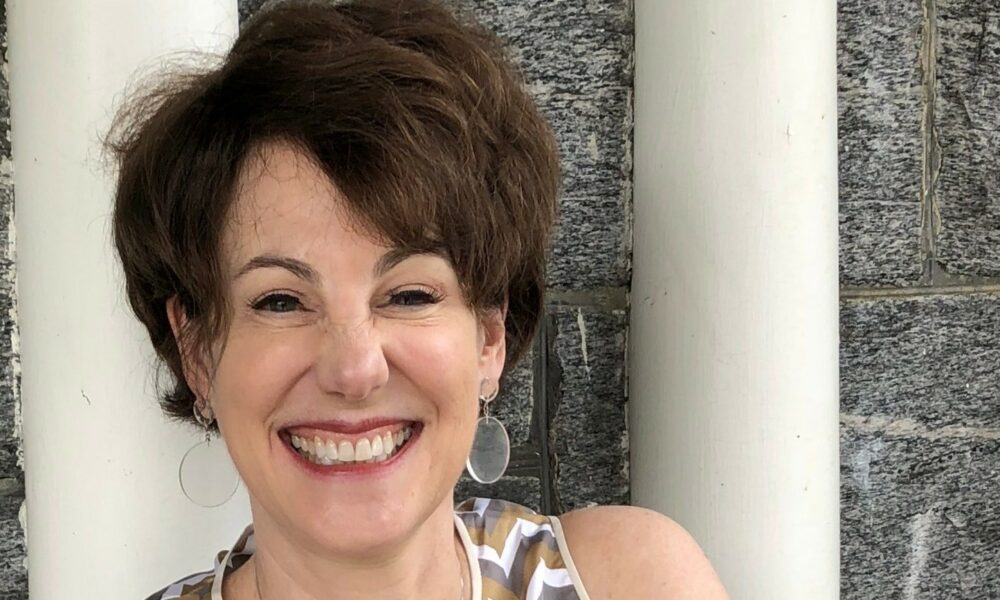

Today we’d like to introduce you to Dana Rubin.
Hi Dana, thanks for sharing your story with us. To start, maybe you can tell our readers some of your backstories.
I’m a longtime speechwriter, speech coach, and speaker. In recent years I discovered the extent to which women’s contributions to history through their public voice — by that I mean speeches, lectures, radio addresses, and testimony have been almost completely overlooked in history.
With a handful of exceptions, women’s voices are simply not remembered or appreciated. It’s as if they simply didn’t exist.
I decided to change that.
Because many thousands of women have indeed been speaking out in America, for nearly four centuries. That includes Indigenous women, Black, White, and Latina women, Asian-American women, and women who’ve come to live in the US from every part of the world.
I’ve become obsessed with women’s overlooked voices in history. To fill in the gaps, I started buying speech anthologies and looking for speeches by women. In the end, I found about 230 peech collections (published in English) and added up all the speeches by men and women, just to see how speakers have been portrayed in the past.
You can quite plainly see the results here: https://speakingwhilefemale.co/how-the-history-of-speech-forgot-about-womens-speech/
I decided I wanted to do what I could to make the true history of women’s speech known and accessible I set up a website with historic speeches by women, and started adding them, by the hundreds, to the archive. That site, the Speaking While Female Speech Bank (SpeakingWhileFemale.co) is now the world’s largest online repository of women’s speeches from across time and around the world. It demonstrates that women have indeed been speaking in public, and making significant contributions through their spoken words — changing the world with their voices.
It’s a free resource, available to everyone. That access is key because I want all women — and girls, especially — to know the true history of women’s speech and feel inspired and empowered to speak out themselves.
It’s also helpful to understand HOW HARD women had to fight to be allowed to make their voices heard. Through much of American history, women weren’t supposed to speak in public They weren’t allowed to speak to legislative bodies. They weren’t allowed to preach in houses of worship. They weren’t allowed to run for public office, or participate in public debate. Women were expected to be quiet and submissive.
But women fought back, fiercely. They were called names. They had rotten fruit thrown at them. They were slandered and mocked in the press. Once, when Fanny Wright was giving a lecture, a barrel of turpentine was placed in the hall and set on fire. Another time, someone turned off the gas, leaving everyone in darkness. A bucket of cold water was thrown on Lucy Stone in the middle of a speech.
These women were intrepid — they refused to stop speaking.
Next, I decided to publish an anthology of American women’s speeches, from 1637 to the present. The book is coming out next month — “Speaking While Female: 75 Extraordinary Speeches by American Women.” (https://bit.ly/3jUYwdq) It shows that women have played a key role in the history of our nation, introducing breakthrough ideas, establishing values, advancing policies, fighting for reforms, speaking out for just about every cause under the sun.
This book should be used together with traditional social studies and history books to give students a more accurate understanding of who spoke in history.
I want to see a world in which all voices and views are represented in the public realm, and no one holds back, or is held back, because of her gender — and may the best idea win!
Having more women’s voices in the mix — having more diverse voices in the mix — will strengthen the quality of our debates, and our public discourse, and our democracy.
The more people who hear this message, the better!
We all face challenges, but looking back would you describe it as a relatively smooth road?
For one thing, it’s been hard to find many of the historic speeches by women. Even though thousands of women were speaking, most of the time no one recorded what they had to say.
Some speeches by women can be found in old newspaper clips and journals. Some are in archives. Some are in out-of-print books.
Tracking them down requires old-fashioned gumshoe skills and perseverance.
We’ve been impressed with Speech Studio, but for folks who might not be as familiar, what can you share with them about what you do and what sets you apart from others?
Speech Studio is a consultancy that helps organizations develop their female talent to become public speakers, thought leaders, recognized experts, business developers, and role models for other women coming up the pipeline.
I work with a partner to deliver some of my programs and workshops, and working solo I also give speeches on “The Secret History of Women’s Speech.” Most of the time my workshops are delivered to women — but men are always welcome. Everybody is welcome, and everybody can learn to be a better communicator of ideas.
While there are many motivational speakers, and many who deliver workshops, what separates me is my grounding in the history of speech, and my focus on helping women put their ideas and expertise into the world.
Contact Info:
- Website: SpeakingWhileFemale.co | Speech.Studio
- Instagram: https://www.instagram.com/speakingwhilefemale/
- Facebook: https://www.facebook.com/dana.rubin.731/
- Twitter: @SpeakingWFemale
- Youtube: https://www.youtube.com/c/DanaRubinSpeakingWhileFemaleSpeechBank
